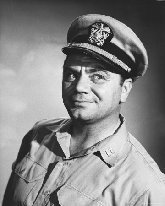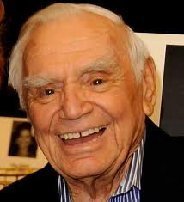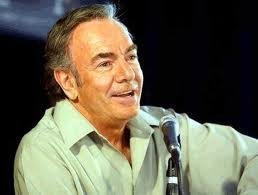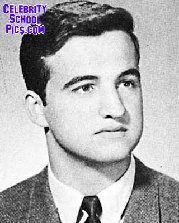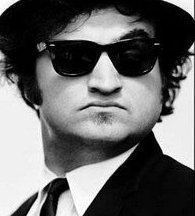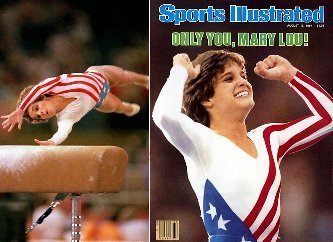Herbert Clark Hoover (August 10, 1874 – October 20, 1964) was an American politician who served as the 31st president of the United States from 1929 to 1933. A member of the Republican Party, he held office during the onset of the Great Depression. A self-made man who became wealthy as a mining engineer, before his presidency, Hoover led the wartime Commission for Relief in Belgium, served as the director of the U.S. Food Administration, and served as the U.S. secretary of commerce.
Born to a Quaker family in West Branch, Iowa, Hoover grew up in Oregon. He was one of the first graduates of the new Stanford University in 1895. He took a position with a London-based mining company working in Australia and China. He rapidly became a wealthy mining engineer. In 1914, the outbreak of World War I, he organized and headed the Commission for Relief in Belgium, an international relief organization that provided food to occupied Belgium. When the U.S. entered the war in 1917, president Woodrow Wilson appointed Hoover to lead the Food Administration. He became famous as his country's "food czar". After the war, Hoover led the American Relief Administration, which provided food to the starving millions in Central and Eastern Europe, especially Russia. Hoover's wartime service made him a favorite of many progressives, and he unsuccessfully sought the Republican nomination in the 1920 U.S. presidential election.
Hoover served as the secretary of commerce under presidents Warren G. Harding and Calvin Coolidge. Hoover was an unusually active and visible Cabinet member, becoming known as "Secretary of Commerce and Under-Secretary of all other departments." He was influential in the development of air travel and radio. He led the federal response to the Great Mississippi Flood of 1927. Hoover won the Republican nomination in the 1928 presidential election and defeated Democratic candidate Al Smith in a landslide. In 1929, Hoover assumed the presidency during a period of widespread economic stability. However, during his first year in office, the stock market crashed, signaling the onset of the Great Depression, which dominated Hoover's presidency. Hoover's response to the depression was widely seen as lackluster and he scapegoated Mexican Americans for the economic crisis. Approximately 1.5-2 million Mexican Americans were forcibly "repatriated" to Mexico in a forced migration campaign known as the Mexican Repatriation — a majority of them were born in the United States.
In the midst of the Great Depression, Hoover was decisively defeated by Democratic nominee Franklin D. Roosevelt in the 1932 presidential election. Hoover's retirement was over 31 years long, one of the longest presidential retirements. He authored numerous works and became increasingly conservative in retirement. He strongly criticized Roosevelt's foreign policy and the New Deal. In the 1940s and 1950s, public opinion of Hoover improved largely due to his service in various assignments for presidents Harry S. Truman and Dwight D. Eisenhower, including chairing the influential Hoover Commission. Critical assessments of his presidency by historians and political scientists generally rank him as a significantly below-average president, although Hoover has received praise for his actions as a humanitarian and public official.
When Hoover graduated from Stanford in 1895, the country was in the midst of the Panic of 1893 and he initially struggled to find a job. He worked in various low-level mining jobs in the Sierra Nevada Mountains until persuading prominent mining engineer Louis Janin to hire him. After working as a mine scout for a year, Hoover was hired by Bewick, Moreing & Co. ("Bewick"), a London-based company that operated gold mines in Western Australia.[28] He first went to Coolgardie, then the center of the Eastern Goldfields, which was actually in Western Australia, receiving a $5,000 salary (equivalent to $175,880 in 2022). Conditions were harsh in the goldfields; Hoover described the Coolgardie and Murchison rangelands on the edge of the Great Victoria Desert as a land of "black flies, red dust and white heat".
Hoover traveled constantly across the Outback to evaluate and manage the company's mines. He convinced Bewick to purchase the Sons of Gwalia gold mine, which proved to be one of the most successful mines in the region. Partly due to Hoover's efforts, the company eventually controlled approximately 50 percent of gold production in Western Australia. Hoover brought in many Italian immigrants to cut costs and counter the labour movement of the Australian miners. During his time with the mining company, Hoover became opposed to measures such as a minimum wage and workers' compensation, feeling that they were unfair to owners. Hoover's work impressed his employers, and in 1898 he was promoted to junior partner. An open feud developed between Hoover and his boss, Ernest Williams, but Bewick's leaders defused the situation by offering Hoover a compelling position in China.
During his senior year at Stanford, Hoover became smitten with a classmate named Lou Henry, though his financial situation precluded marriage at that time. The daughter of a banker from Monterey, California, Lou Henry decided to study geology at Stanford after attending a lecture delivered by John C. Branner. Immediately after earning a promotion in 1898, Hoover cabled Lou Henry, asking her to marry him. After she cabled back her acceptance of the proposal, Hoover briefly returned to the United States for their wedding. They would remain married until Lou Henry Hoover's death in 1944. Hoover was the first president to be a widower since Woodrow Wilson.
If you want to read a whole lot more, go here: https://en.wikipedia.org/wiki/Herbert_Hoover
- SERVES
- 4
- CHILL TIME
- 2 Hr
- COOK TIME
- 10 Min
We combined two of Dad's favorites to come up with this recipe for Dad's Beer Marinated Steak. It's our outrageous marinade that makes this flank steak so mouthwatering and rich-tasting. Make this for him on Father's Day or any day and you'll definitely impress him.
- 1 (12-ounce) can beer
- 1/4 cup soy sauce
- 1/4 cup brown sugar
- 3 cloves garlic, minced
- 1 1/2 to 2 pounds flank steak
- Sea salt for sprinkling
- Black pepper for sprinkling
- In a large resealable plastic bag or glass baking dish, combine beer, soy sauce, brown sugar, and garlic; mix well.
- Place steak in marinade and refrigerate at least 2 hours or overnight, turning meat occasionally.
- Preheat grill or grill pan to medium-high heat. Remove steak from marinade and discard excess marinade.
- Grill steak 4 to 5 minutes per side, or until center is cooked to medium-rare or desired doneness. Sprinkle steak with salt and pepper, then slice on an angle across the grain, and serve.






.jpg)

